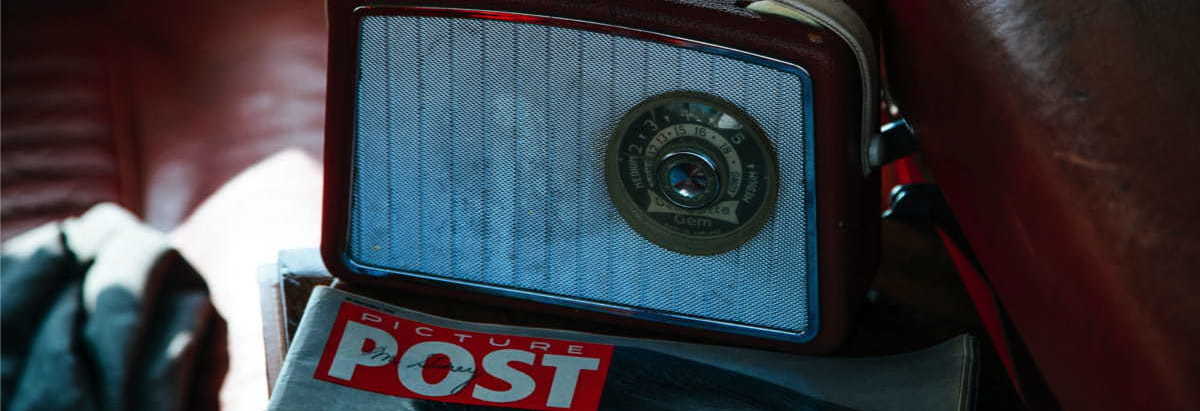Five surprising things about magazines
Posted on 14th December 2020
We’re fans of magazines, but we realised we didn’t know as much as we would like about where they came from or how they became so popular.
We thought it was time we found out more and we discovered a few surprises along the way.
Surprise number one - magazines are really old
It’s possible that something like a magazine was published for bureaucrats in ancient China, but the magazines in the format we enjoy today could only be created once modern printing was invented. Starting off as pamphlets and almanacs, eventually collections of information started to be published regularly.
It didn’t take long for publishers to realise that book catalogues and reviews would be a good idea. The earliest magazines, which appeared in Germany in 1663, summarised new books and were followed by periodicals in France, England, and Italy.
This was quite serious content, but ‘periodicals of amusement’ soon appeared with court news, anecdotes, and short verses. By 1688 regular ‘Ideas on All Kinds of Agreeable and Useful Books and Subjects’ was published regularly in Germany. By the end of the century a penny weekly was being published in London to answer ‘Nice and Curious Questions’ – who wouldn’t be tempted?
Surprise number two – Britain has always loved magazines
We have always been interested in new ideas, so magazines started to include essays about domestic and foreign politics, humour, and ethics. In Britain we developed new formats such as The Tatler (in 1709) and The Spectator (1711). By 1731 The Gentleman’s Magazine produced a monthly collection of essays and articles and the term ‘magazine’ started to be commonly used.
Surprise number three – it took 100 years for magazines to become affordable
Only the relatively wealthy and educated could really take advantage of these early periodicals. It wasn’t until the 1830s that less expensive magazines appeared, aimed at a wider public.
At first, they were educational but by the middle of the century popular versions were available for family entertainment and amusement, such as the weekly Penny Magazine. Charles Dickens’ Household Words (1850) published his and other famous stories in instalments. The Boy’s Own and Girl’s Own papers appeared in the 1880s followed by all sorts of magazines for specific people and interests.
In America monthly publications covering popular interests and issues like Cosmopolitan were sold for just a few cents and their circulations increased from 25,000 to 250,000. This made them popular with advertisers and allowed them to keep prices low.
Surprise number four – the importance of illustrations
British publishers were the first to notice the difference illustrations made to sales. Artists were eventually sent all over the world, even making on-the-spot drawings during wars. Presenting news in pictures became very popular and could double or treble circulation when there were sensational stories. The invention of photography transformed magazines from the 1890s.
Surprise number five – how advertising changed everything
An advertisement tax in Britain was repealed in the mid-1800s and more advertising started to appear, although some publications like Reader’s Digest, didn’t carry advertisements until the 1950s.
In America it was recognised that readership would grow if stories were well-written and properly researched. Some publications grew their circulation to more than 2,000,000 and their advertising revenue to over $20,000,000. This made verified circulation figures important and introduced the idea of market research to find out what readers wanted from their magazines.
With up to half of magazine content coming from advertising, their appearance changed. Advertising was mixed with editorial content and the demand grew for more eye-catching styles, design, and typography on every page. The introduction of colour printing from the 1890s added yet another dimension to our enjoyment of magazines.
Please get in touch if you would like to find out how our very own Pulse magazine could help you reach your audience.
Share this post:






